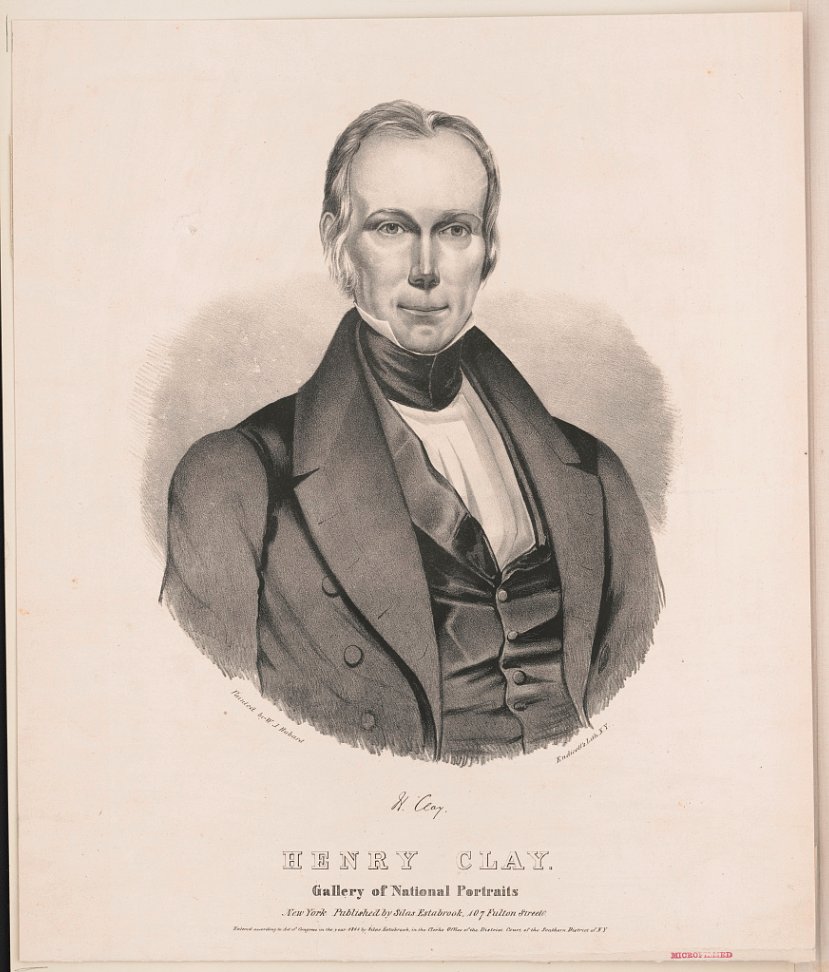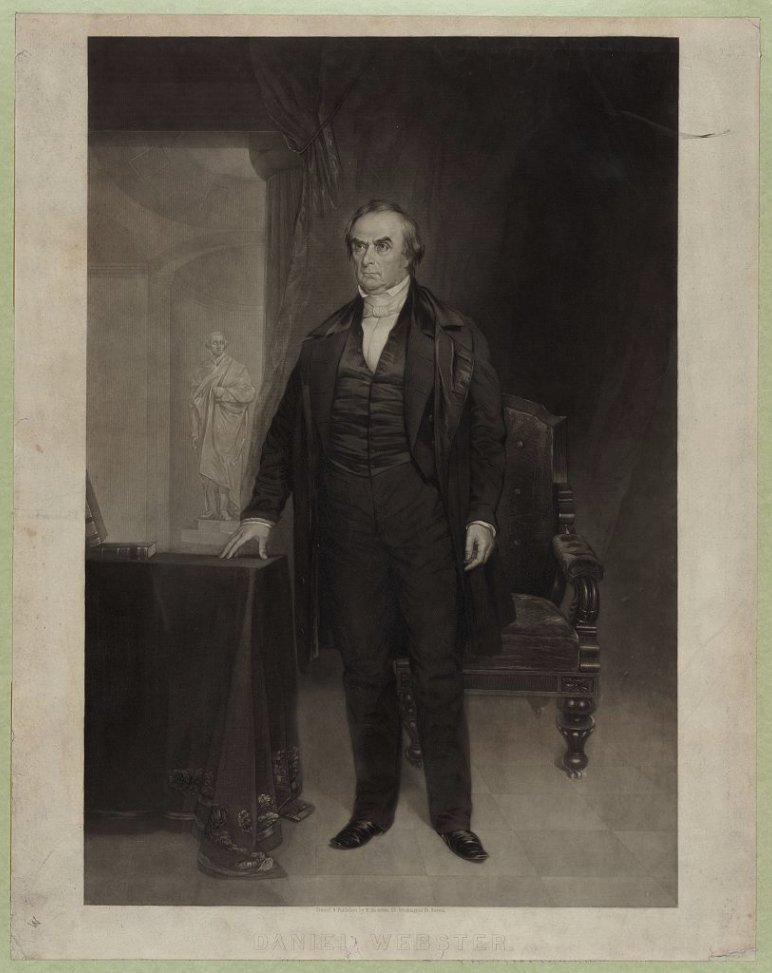
President Franklin D. Roosevelt was an avid collector of stamps, coins, first edition books, and naval art. (1/12)
While he is best known for his stamp collecting, President Roosevelt also amassed a collection of over 400 model ships throughout his lifetime and displayed many of them at the White House. (2/12)
Image Credit: Franklin D. Roosevelt Presidential Library & Museum / NARA
Image Credit: Franklin D. Roosevelt Presidential Library & Museum / NARA

While the president purchased most of his model ships, others were given to him as gifts by family members, friends, admirers, or foreign dignitaries. (3/12)
President Roosevelt’s interest in the sea began during his early childhood and originated from long held family connections to oceanic trade and shipping. (4/12)
Ancestors of the Delano family were owners and captains of whaling and clipper ships, maritime traders, and privateers, and the Roosevelts were owners, builders, and investors in the shipping industry. (5/12)
Several of the models in President Roosevelt’s collection are reproductions of ships owned or used by his ancestors, such as the Rainbow and the Sea Witch. (6/12)
These clipper ships were built by the ship building firm of William Henry and John Lloyd Aspinwall, sons of President Roosevelt’s great-grandfather John Aspinwall, a New York City merchant and privateer. (7/12)
The USS Constitution was President Roosevelt’s most treasured model ship. (8/12)
Image Credit: Franklin D. Roosevelt Presidential Library & Museum
Image Credit: Franklin D. Roosevelt Presidential Library & Museum

The 44-gun USS Constitution, nicknamed “Old Ironsides” or “America’s Ship of State,” was built in Boston and first launched on October 21, 1797, gaining fame during the War of 1812. (9/12)
During his role as Assistant Secretary of the Navy, he purchased the model in 1914 from a U.S. Navy surgeon, Dr. Bailey Washington. The president displayed the early American naval ship in his private study on the Second Floor of the White House throughout his presidency. (10/12)
When the Franklin D. Roosevelt Presidential Library & Museum opened in 1941, President Roosevelt selected naval and merchant model ships from his collection to be displayed in the Naval Room. Visitors could pay a fee of twenty-five cents to explore his beloved collection. (11/12)
While President Roosevelt enjoyed collecting and fixing model ships, he did not often build the models. According to the Franklin D. Roosevelt Library and Museum, there is only one existing scale model that President Roosevelt personally constructed. (12/12)
• • •
Missing some Tweet in this thread? You can try to
force a refresh









